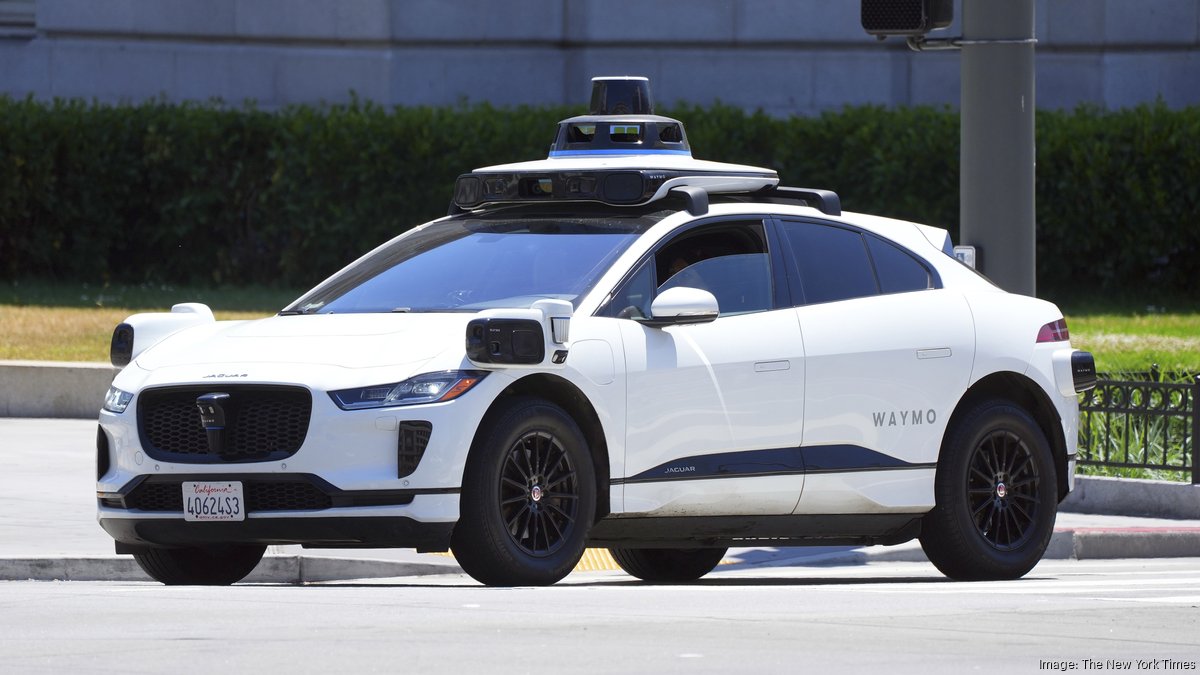
Waymo granted permit to map roadways at SFO
- 17.03.2025 22:50
- bizjournals.com
- Keywords: autonomous vehicle deployment, partnership
Waymo received a temporary permit from SFO to map roadways around the airport with two vehicles at a time, each equipped with a human driver. The permit allows the company to gather data for future decisions on advanced permits but does not enable public rides or commercial deliveries at the airport yet.